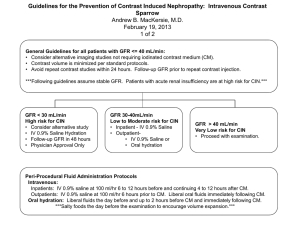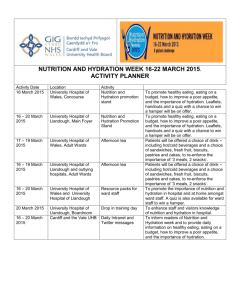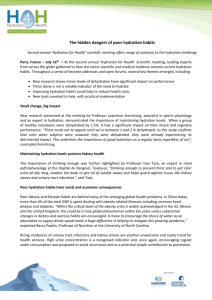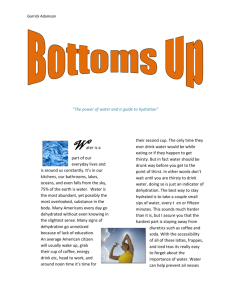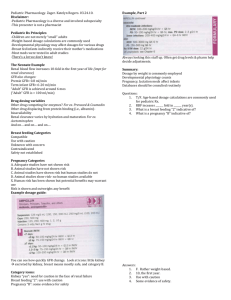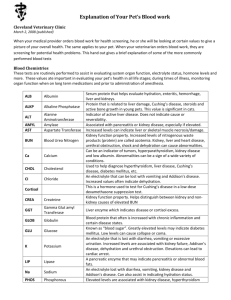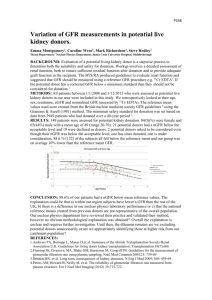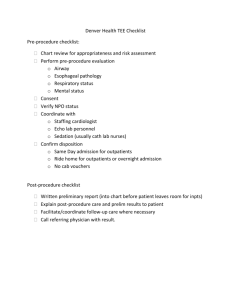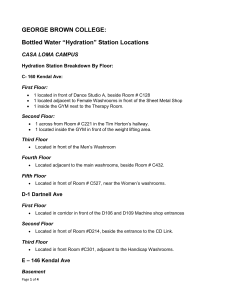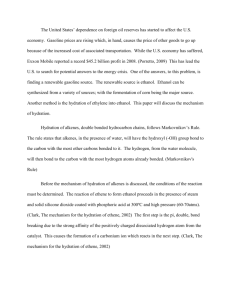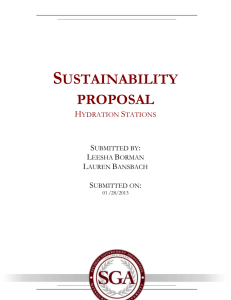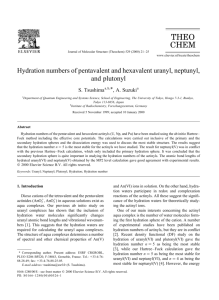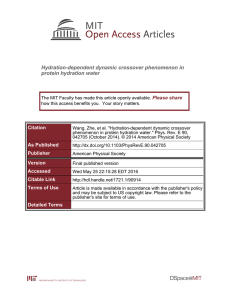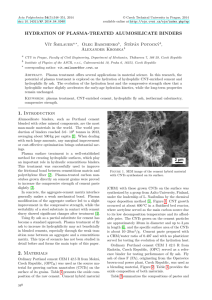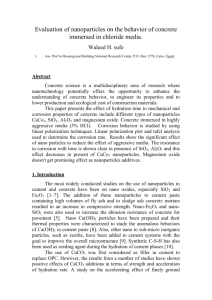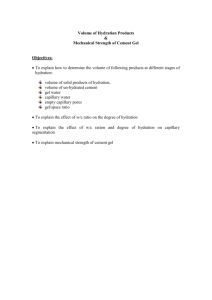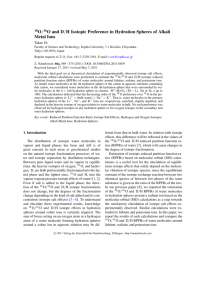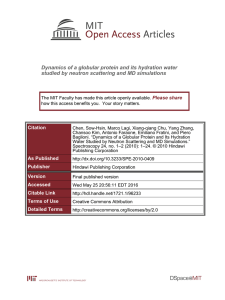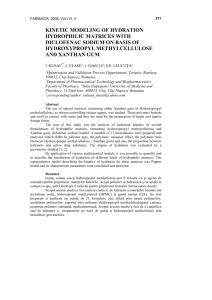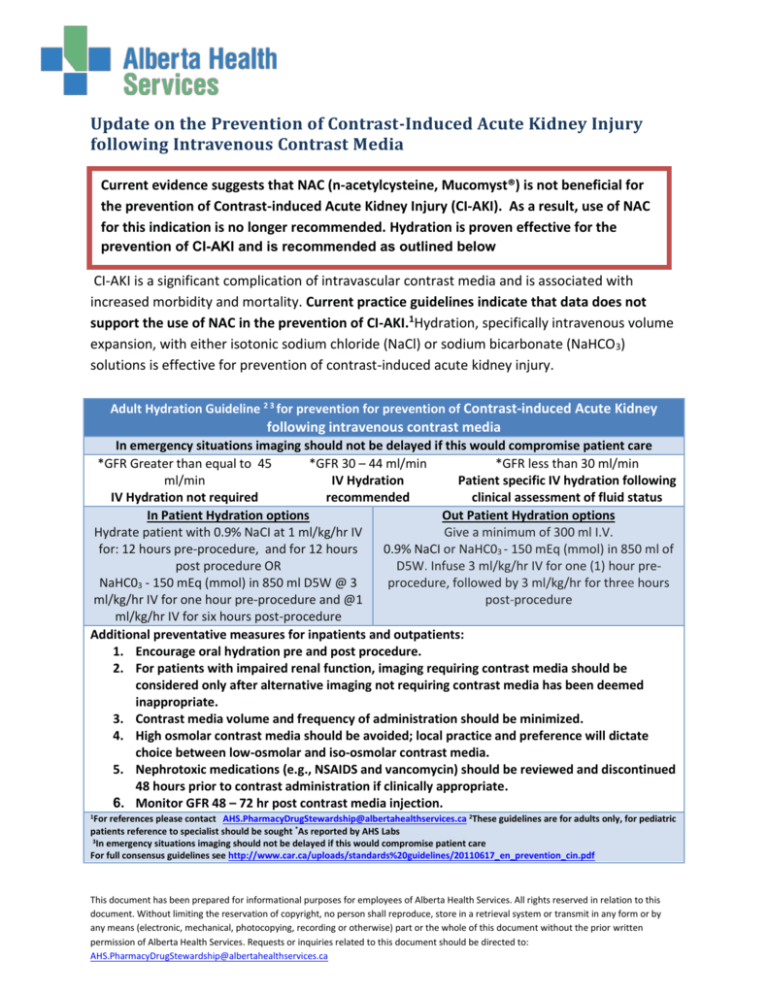
Update on the Prevention of Contrast-Induced Acute Kidney Injury
following Intravenous Contrast Media
Current evidence suggests that NAC (n-acetylcysteine, Mucomyst®) is not beneficial for
the prevention of Contrast-induced Acute Kidney Injury (CI-AKI). As a result, use of NAC
for this indication is no longer recommended. Hydration is proven effective for the
prevention of CI-AKI and is recommended as outlined below
CI-AKI is a significant complication of intravascular contrast media and is associated with
increased morbidity and mortality. Current practice guidelines indicate that data does not
support the use of NAC in the prevention of CI-AKI.1Hydration, specifically intravenous volume
expansion, with either isotonic sodium chloride (NaCl) or sodium bicarbonate (NaHCO 3)
solutions is effective for prevention of contrast-induced acute kidney injury.
Adult Hydration Guideline 2 3 for prevention for prevention of Contrast-induced Acute Kidney
following intravenous contrast media
In emergency situations imaging should not be delayed if this would compromise patient care
*GFR Greater than equal to 45
*GFR 30 – 44 ml/min
*GFR less than 30 ml/min
ml/min
IV Hydration
Patient specific IV hydration following
IV Hydration not required
recommended
clinical assessment of fluid status
In Patient Hydration options
Out Patient Hydration options
Hydrate patient with 0.9% NaCI at 1 ml/kg/hr IV
Give a minimum of 300 ml I.V.
for: 12 hours pre-procedure, and for 12 hours
0.9% NaCI or NaHC03 - 150 mEq (mmol) in 850 ml of
post procedure OR
D5W. Infuse 3 ml/kg/hr IV for one (1) hour preNaHC03 - 150 mEq (mmol) in 850 ml D5W @ 3
procedure, followed by 3 ml/kg/hr for three hours
ml/kg/hr IV for one hour pre-procedure and @1
post-procedure
ml/kg/hr IV for six hours post-procedure
Additional preventative measures for inpatients and outpatients:
1. Encourage oral hydration pre and post procedure.
2. For patients with impaired renal function, imaging requiring contrast media should be
considered only after alternative imaging not requiring contrast media has been deemed
inappropriate.
3. Contrast media volume and frequency of administration should be minimized.
4. High osmolar contrast media should be avoided; local practice and preference will dictate
choice between low-osmolar and iso-osmolar contrast media.
5. Nephrotoxic medications (e.g., NSAIDS and vancomycin) should be reviewed and discontinued
48 hours prior to contrast administration if clinically appropriate.
6. Monitor GFR 48 – 72 hr post contrast media injection.
1For
references please contact AHS.PharmacyDrugStewardship@albertahealthservices.ca 2These guidelines are for adults only, for pediatric
patients reference to specialist should be sought *As reported by AHS Labs
3In emergency situations imaging should not be delayed if this would compromise patient care
For full consensus guidelines see http://www.car.ca/uploads/standards%20guidelines/20110617_en_prevention_cin.pdf
This document has been prepared for informational purposes for employees of Alberta Health Services. All rights reserved in relation to this
document. Without limiting the reservation of copyright, no person shall reproduce, store in a retrieval system or transmit in any form or by
any means (electronic, mechanical, photocopying, recording or otherwise) part or the whole of this document without the prior written
permission of Alberta Health Services. Requests or inquiries related to this document should be directed to:
AHS.PharmacyDrugStewardship@albertahealthservices.ca
I
n
P
a
t
i
e
n
t
H
y
d
r
a
t
i
o
n
o
p
t
i
o
n
s
H
y
d
r
a
t
e
This document has been prepared for informational purposes for employees of Alberta Health Services. All rights reserved in relation to this
document.
p Without limiting the reservation of copyright, no person shall reproduce, store in a retrieval system or transmit in any form or by
any means (electronic, mechanical, photocopying, recording or otherwise) part or the whole of this document without the prior written
a
permission of Alberta Health Services. Requests or inquiries related to this document should be directed to:
t
AHS.PharmacyDrugStewardship@albertahealthservices.ca
i

